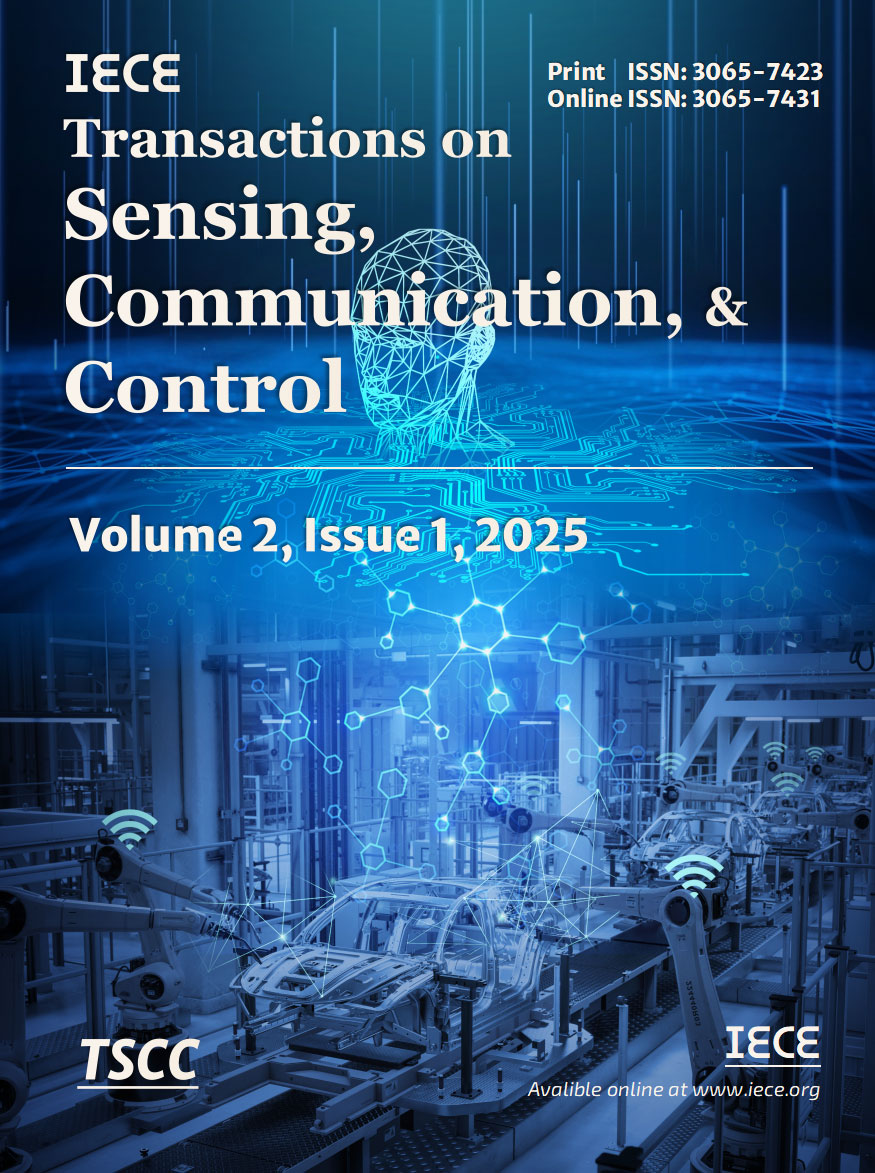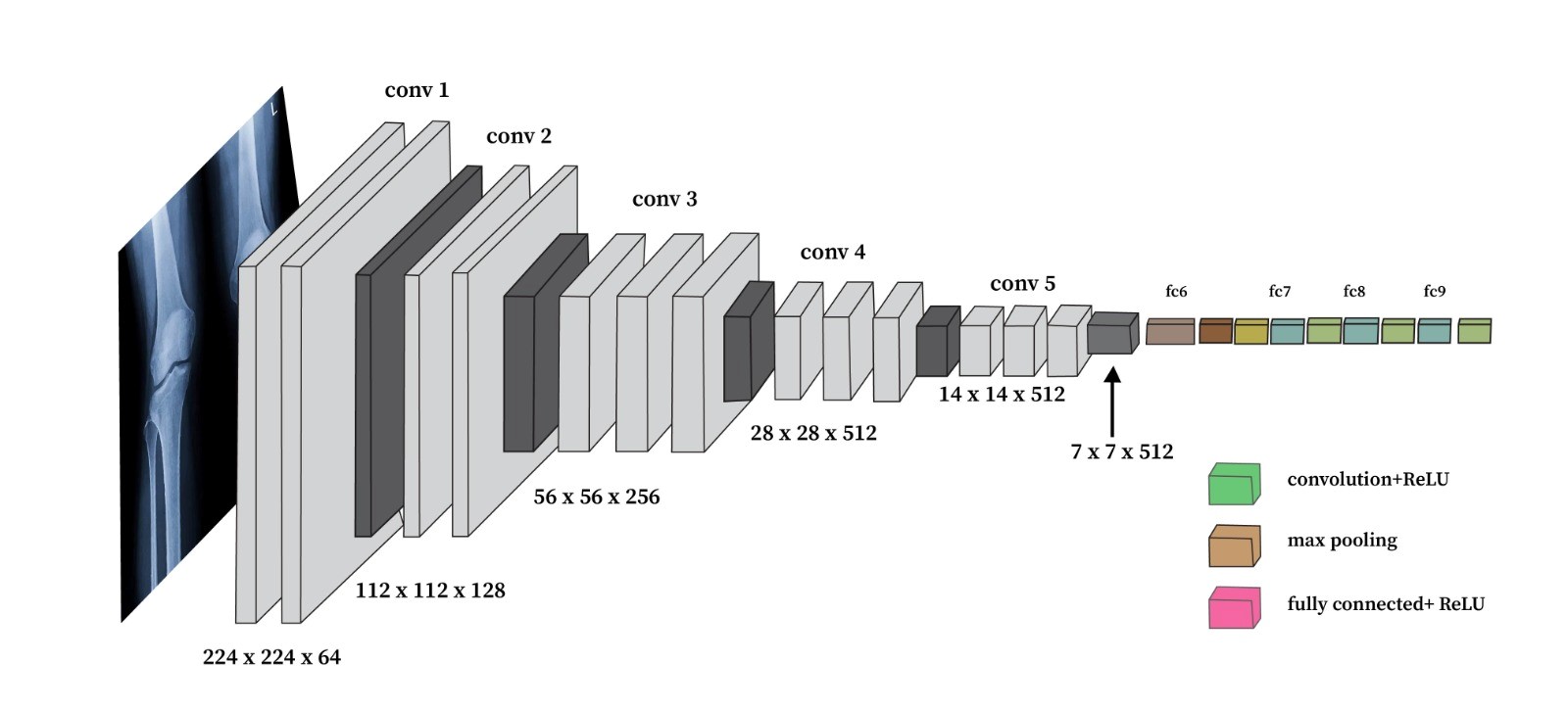Abstract
Osteoarthritis (OA) is a degenerative joint disease that primarily affects the knee, causing cartilage deterioration and discomfort. Early diagnosis is crucial for effective management, as it can slow disease progression and improve the quality of life. This study proposes a deep learning approach to automatically classify knee OA severity from X-ray images using Convolutional Neural Networks (CNNs) and the VGG16 model. The models were trained on a dataset of knee X-ray images, and performance was evaluated using accuracy, precision, recall, and F1-score. The proposed CNNs model achieved 99% training accuracy and 80% testing accuracy after 50 epochs, while the VGG16 model, after fine-tuning for 20 epochs, reached 99.8% training accuracy and 91% testing accuracy. Additionally, a web app was developed using Streamlit, enabling users to upload knee X-ray images and receive real-time predictions of OA severity. The results demonstrate the effectiveness of CNN and transfer learning with VGG16 in knee OA classification, offering a promising tool for early diagnosis in clinical settings.
Data Availability Statement
The knee X-ray images used in this study were obtained from the publicly available Osteoarthritis Initiative (OAI) dataset. The dataset can be accessed at https://nda.nih.gov/oai. All data used were fully anonymized and utilized in accordance with the OAI data usage agreement.
Funding
This work was supported without any funding.
Conflicts of Interest
Salman Khan is an employee of CodeNinja Inc., Lahore 54792, Pakistan.
Ethical Approval and Consent to Participate
This work uses publicly available, anonymized X-ray images from the Osteoarthritis Initiative (OAI) dataset. All data were fully de-identified prior to use. Therefore, ethical approval and informed consent were not required, as per the terms of use of the OAI dataset.
Cite This Article
APA Style
Iqbal, S., Ali, D., Rafique, S., Bagga, K., Rahman, A. U., & Khan, S. (2025). Comparative Analysis of Automated Knee Osteoarthritis Severity Classification from X-Ray Images Using CNNs and VGG16 Architecture. IECE Transactions on Sensing, Communication, and Control, 2(1), 36–47. https://doi.org/10.62762/TSCC.2025.378503
Publisher's Note
IECE stays neutral with regard to jurisdictional claims in published maps and institutional affiliations.
Rights and permissions
Institute of Emerging and Computer Engineers (IECE) or its licensor (e.g. a society or other partner) holds exclusive rights to this article under a publishing agreement with the author(s) or other rightsholder(s); author self-archiving of the accepted manuscript version of this article is solely governed by the terms of such publishing agreement and applicable law.


 Submit Manuscript
Edit a Special Issue
Submit Manuscript
Edit a Special Issue

